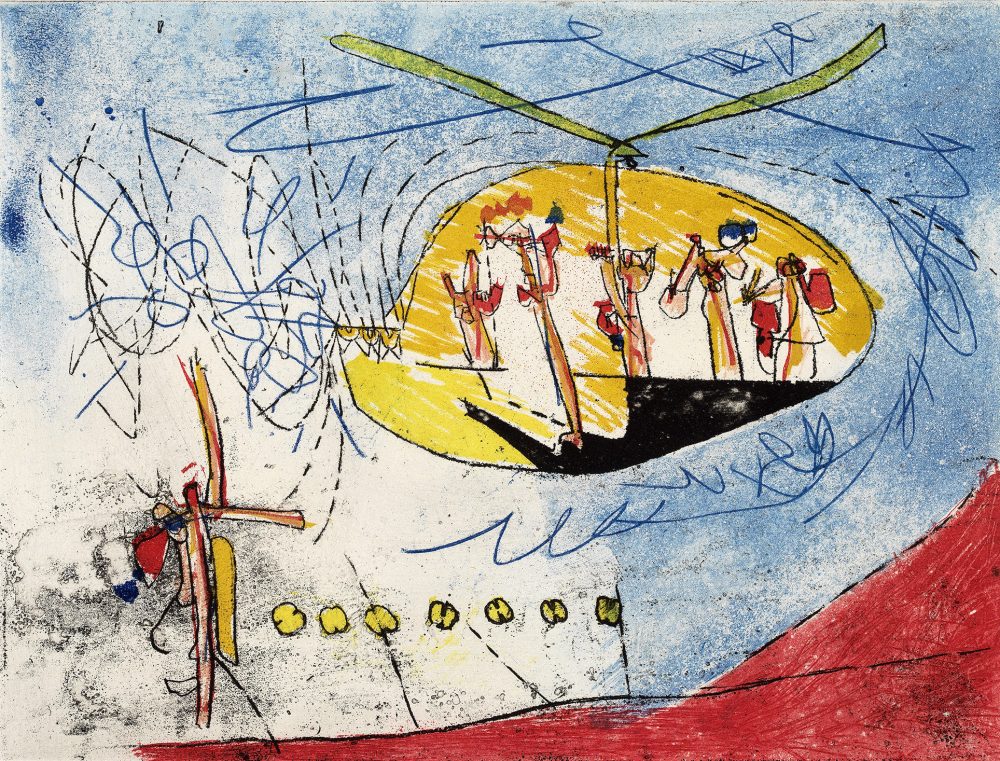David Hockney
David Hockney Will Come
Please provide us with a few details to progress to the viewing room
Thank you for your enquiry
We will be in touch shortly.
David Hockney
David Hockney Will Come
3rd - 24th October 2023
Online Exhibition
This unique and stunning collection of original drawings, screenprint proofs and posters by David Hockney comprises works made to promote a lecture Hockney gave in the Percy Building at Newcastle University most likely in 1965.
At the time fellow Pop artist Richard Hamilton was teaching in the art department and it was Hockney’s friend Mark Lancaster, then an art student at Newcastle, who persuaded Hockney to give an informal talk about his practice.
Hockney gave the two original drawings to Lancaster, who undertook the proofing and production of the posters as original screenprints and distributed them around the campus with the lively title ‘David Hockney Will Come’.
Lancaster wrote:
‘Back in England Hockney and I became friends and I got him to come up to Newcastle to give a talk on his work, for which he made a little drawing of a palm tree which I printed as a poster’.
These intriguing works on paper were from Mark Lancaster’s personal collection and one of the screenprint posters is inscribed to him: for Mark from David H. XXX.
Lancaster, an artist, friend and travel companion of Hockney’s, visited New York in the early 1960’s and became an assistant to Andy Warhol and later to Jasper Johns. Lancaster and Hockney travelled extensively together to Hawaii, Japan, Hong Kong, Bali, Bangkok and Burma and remained close friends until his death.
Artist Mark Lancaster (1938 – 2021) in his studio at Newcastle College of Art, 1965.
© Getty Images
In the 1960s British artists began to use screen-printing which suited both hard-edged Abstractionist and Pop Art imagery, inspired by the example of American artists working in New York earlier in the decade. The Sixties was a period of tremendous technical advancement during which historic methods such as etching and lithography were supplemented by screenprinting and digital-printing techniques. Printmaking underwent a marked elevation in status and transition from a specialist medium to one widely adopted by some of the foremost names in contemporary art, Hockney and Hamilton were two who eagerly engaged with the freedom of the printmaking process.
Richard Hamilton’s first forays into printing began with experiments in screenprinting, as seen in his early works from 1963 and printmaking became an essential part of his practice. Mark Lancaster’s earliest screenprints date back to 1965, the year he and Hockney produced these works, which are an important and early example of screenprinting in Britain, as well as in Hockney’s own printmaking oeuvre.
Richard Hamilton in King’s College, Newcastle, 1963.
© National Art Education Association
David Hockney’s lecture at Newcastle University took place a year after the ‘6 Young Painters’ Arts Council touring exhibition which was held in the city from 2nd – 22nd February 1964 and included five paintings by David Hockney. Fellow artists featured in the exhibition included Bridget Riley and Peter Blake. In the foreword of the exhibition catalogue it said:
‘This is the fifth in a series of exhibition organised by the Arts Council to give the public outside London the opportunity of seeing the work of artists whose names are becoming established in this country and indeed abroad. The variety of styles is deliberately chosen to show a representative cross-section of the present aims and methods of the younger generation of British painters’.
By 1965 David Hockney had already gained recognition, having left The Royal Collage of Art in 1962 and he had his first solo exhibition of paintings ‘Pictures with People In’ at the Kasmin Gallery in London in 1963. The sixties were an important and formative time for Hockney who had visited Egypt in 1963 and spent an increasing amount of time in the US, mainly in California.
David Hockney in the studio, c. 1967.
© Tony Evans/Getty Images.
The motif of the palm tree which takes centre stage in this series of work is synonymous with his paintings and prints in the sixties, first seen in his series The Rake’s Progress (1961-1963), and prints The Marriage (1962) Jungle Boy (1964) and Pacific Mutual Life (1964) it symbolises the LA landscape to which Hockney was particularly drawn and inspired. It was also the motif that was used to illustrate the catalogue of ‘Pictures with People In’. The use of black and red in these screenprints mirror many of Hockney’s works from this decade, most notably in The Rake’s Progress.
The edition size of the printed poster is unknown but was likely small given it was printed by Lancaster to promote a one-off afternoon lecture rather than a long running exhibition. The only other known copy of the screenprint poster is held in the Tyne & Wear Archives.
David Hockney Will Come available works:
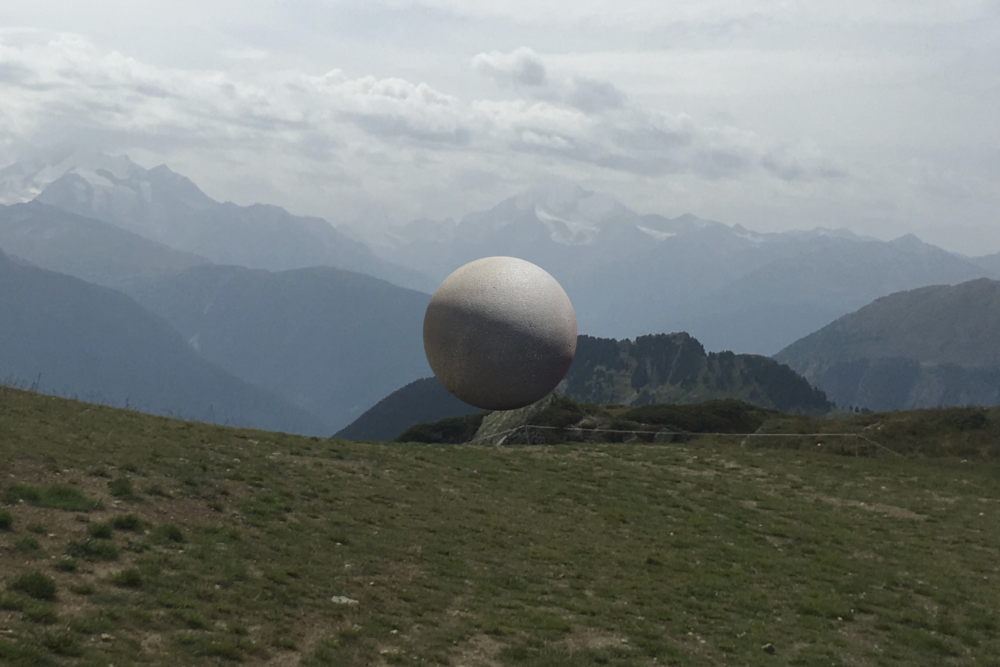
Ana Andreeva
IN CONTEXT
10.07.2023 - 10.08.2023

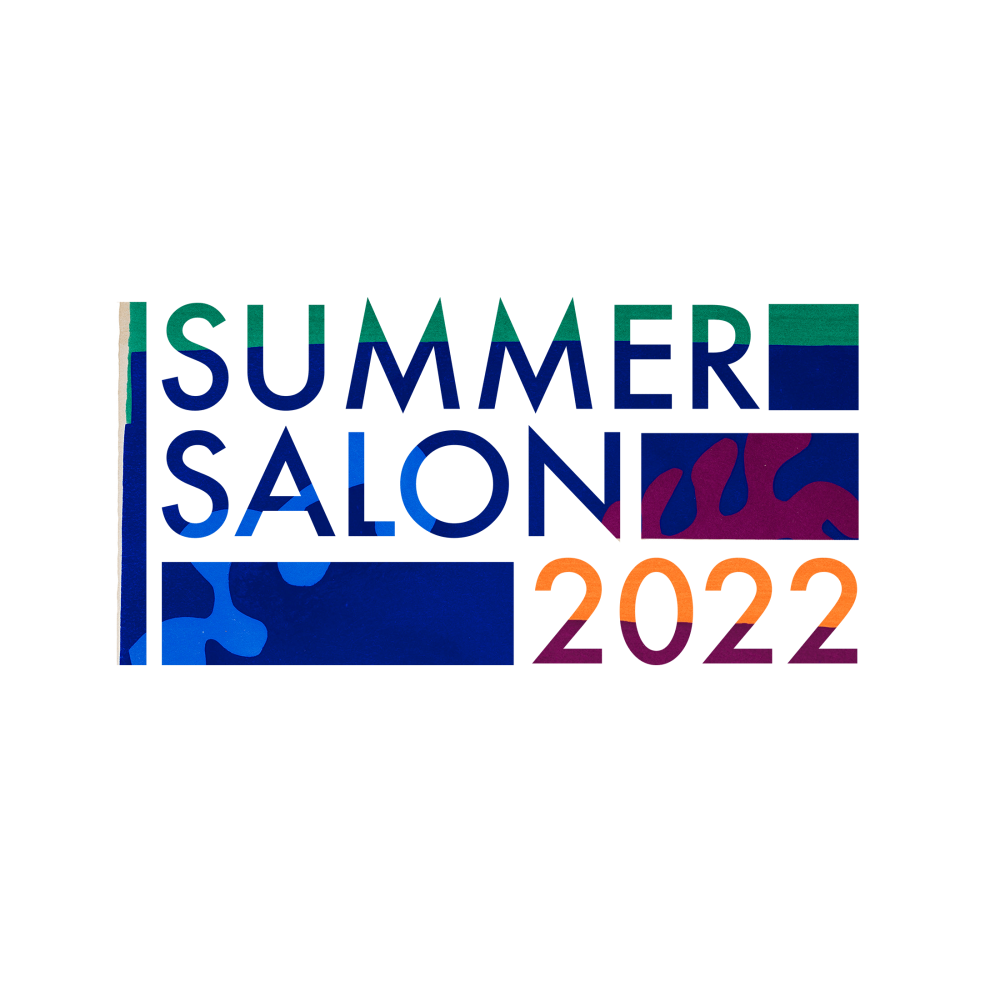

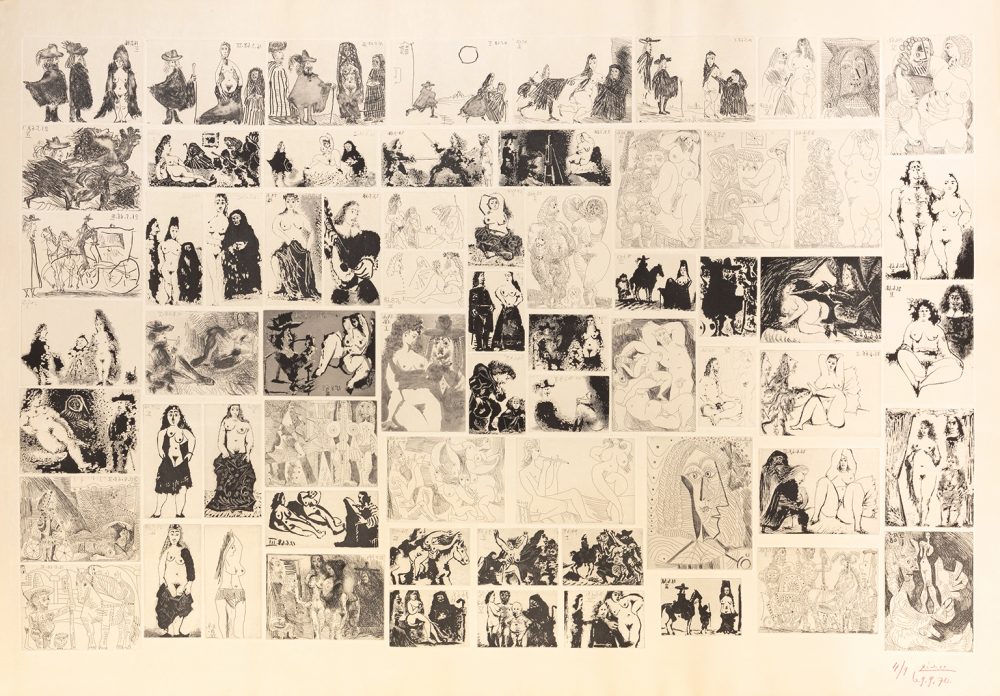
Pablo Picasso
La Célestine
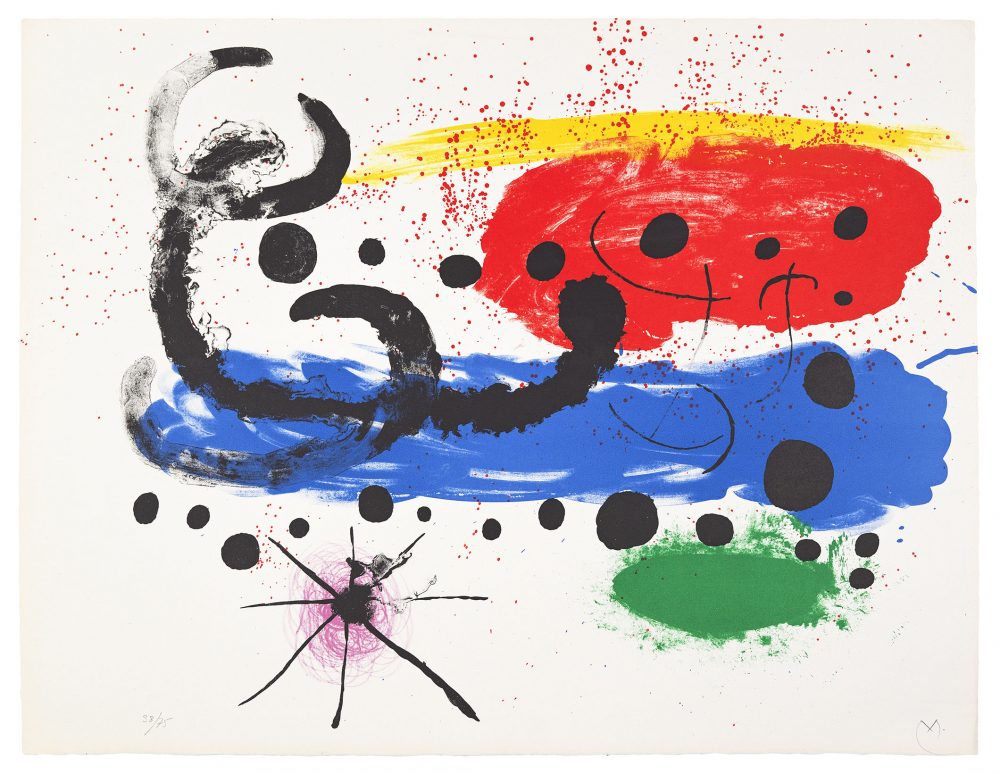
Joan Miró: Works from Album 19
8th March - 5th April 2022

Henry Moore
Sculptural Ideas
3rd February - 3rd March 2022
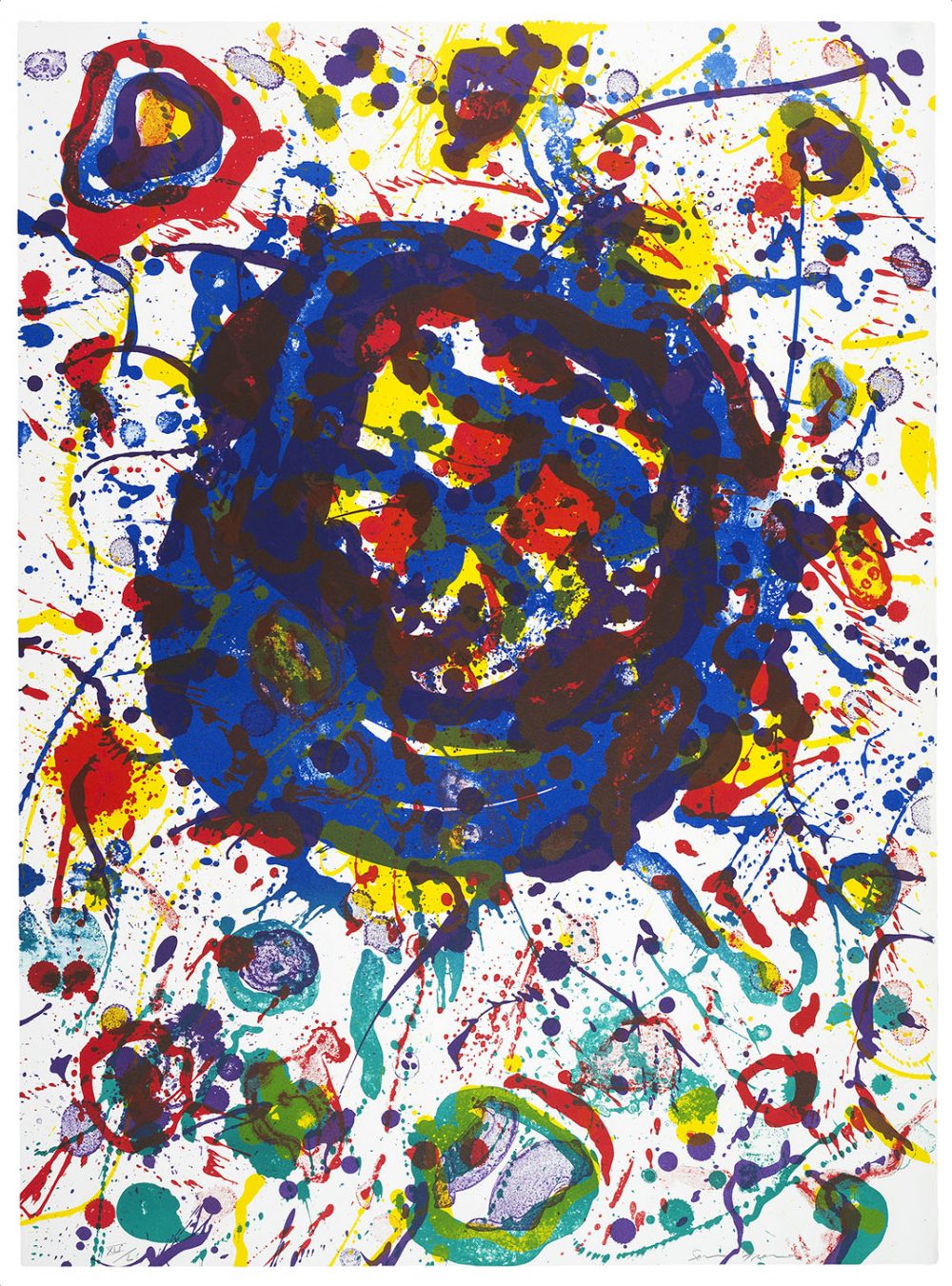
Sam Francis
Poèmes dans le Ciel (Poems in the Sky)
17th January - 21st February 2022
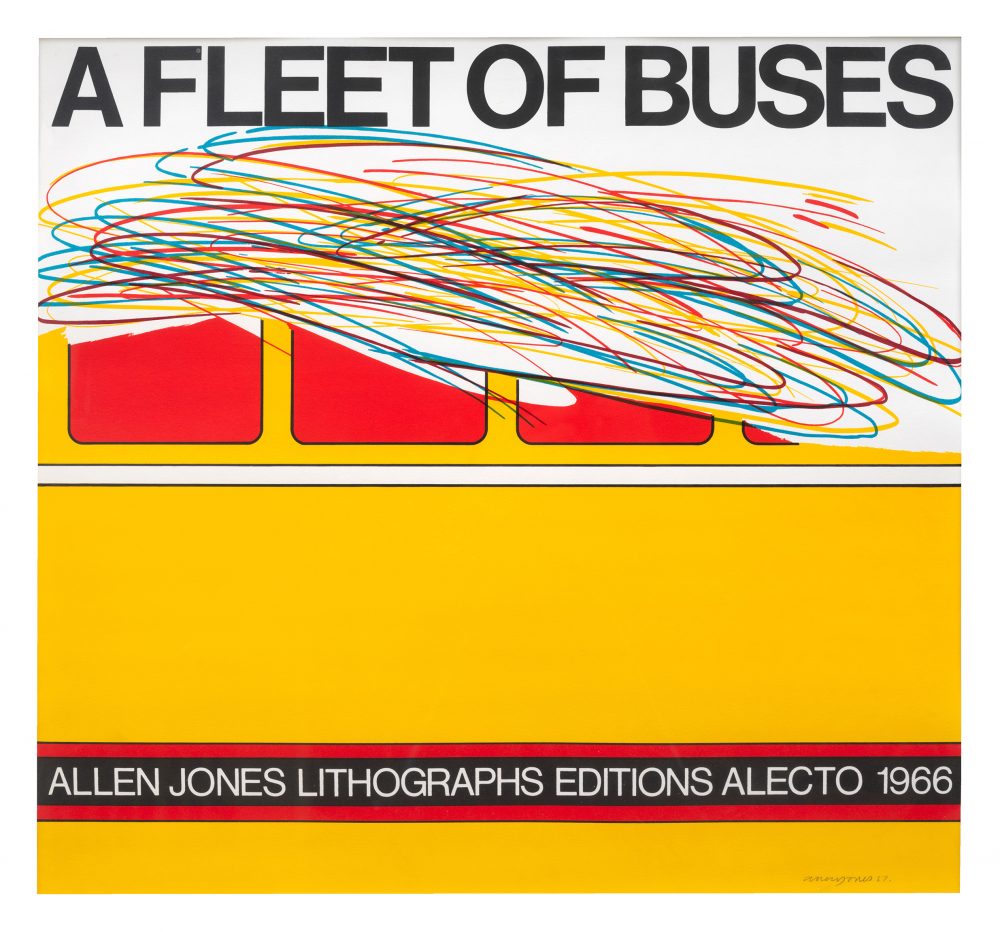
Allen Jones
A Fleet of Buses
1st November - 26th November
Online only
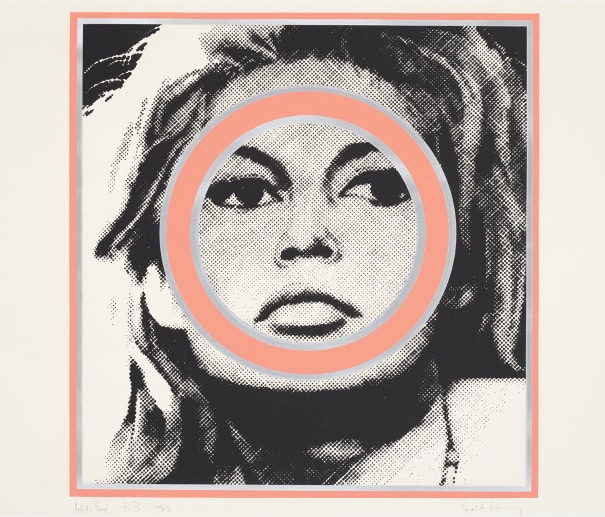
Pop Art in Print
2 - 30th August 2021
Online Exhibition
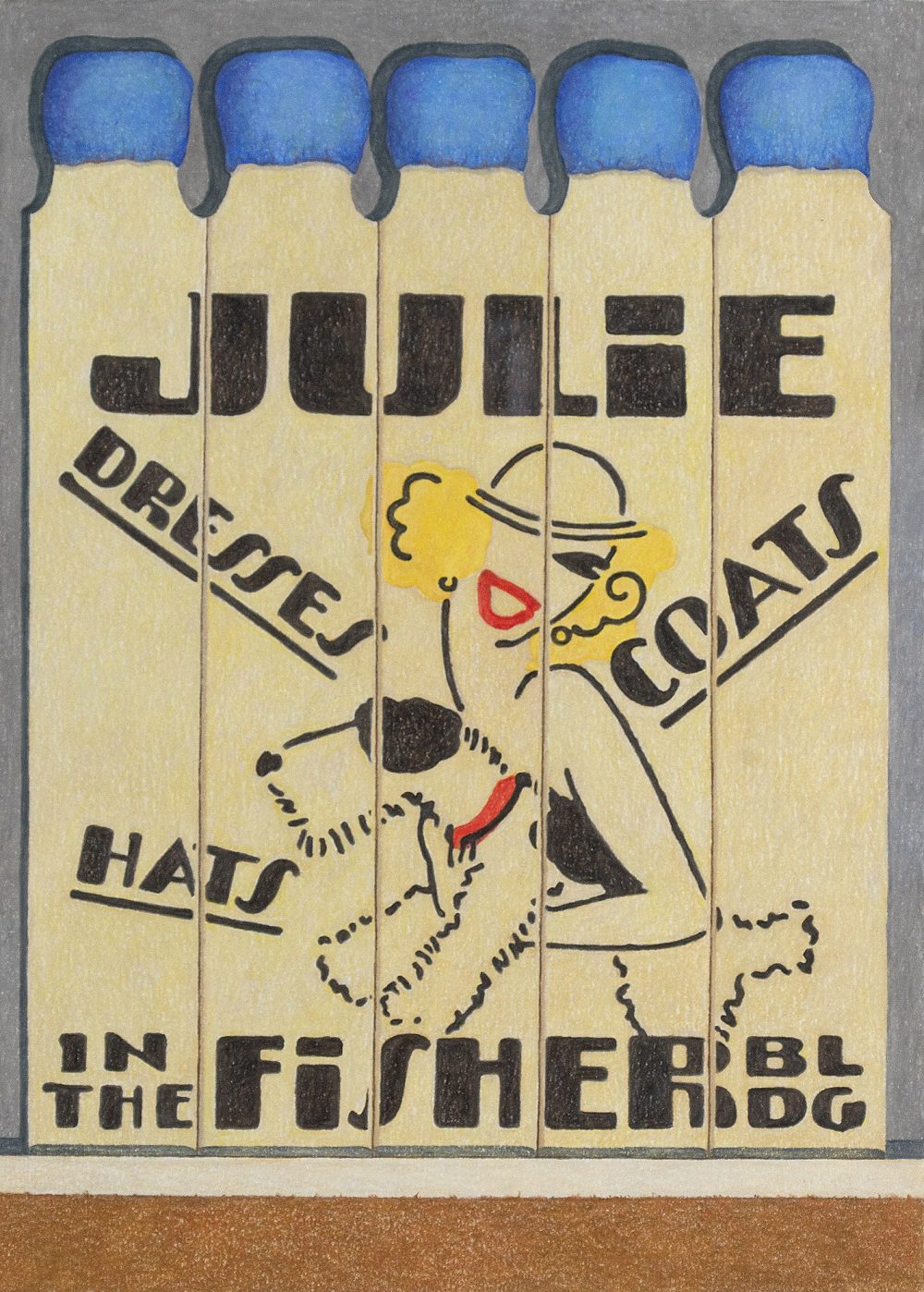
Aaron Kasmin
Always a Show
16th September - 28th October 2021
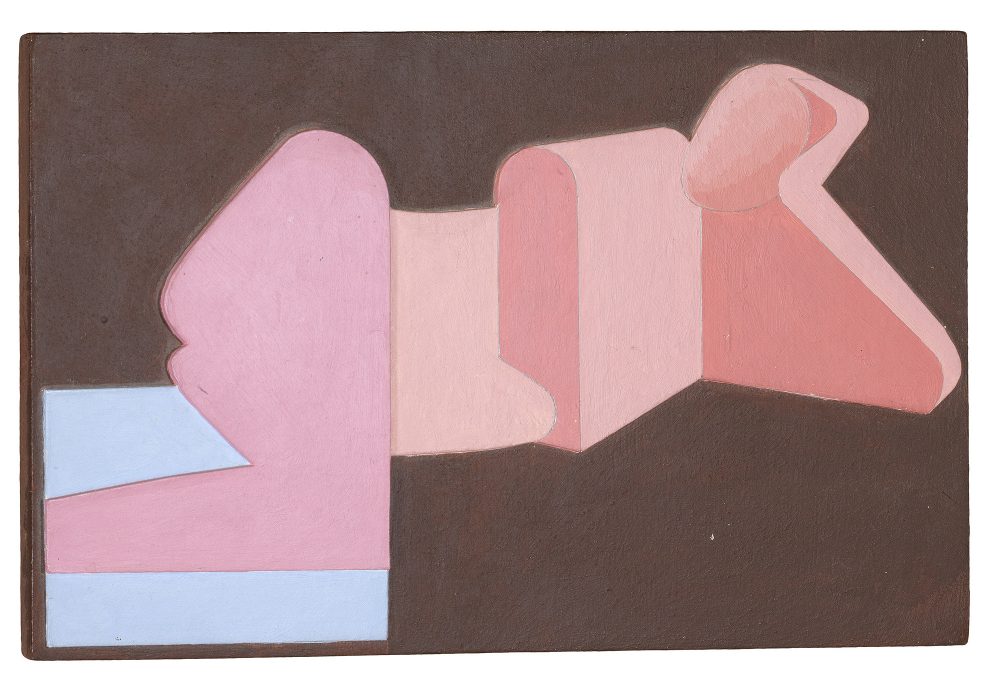
Gerald Laing
Reclining Figure Relief Painting
Viewing Room
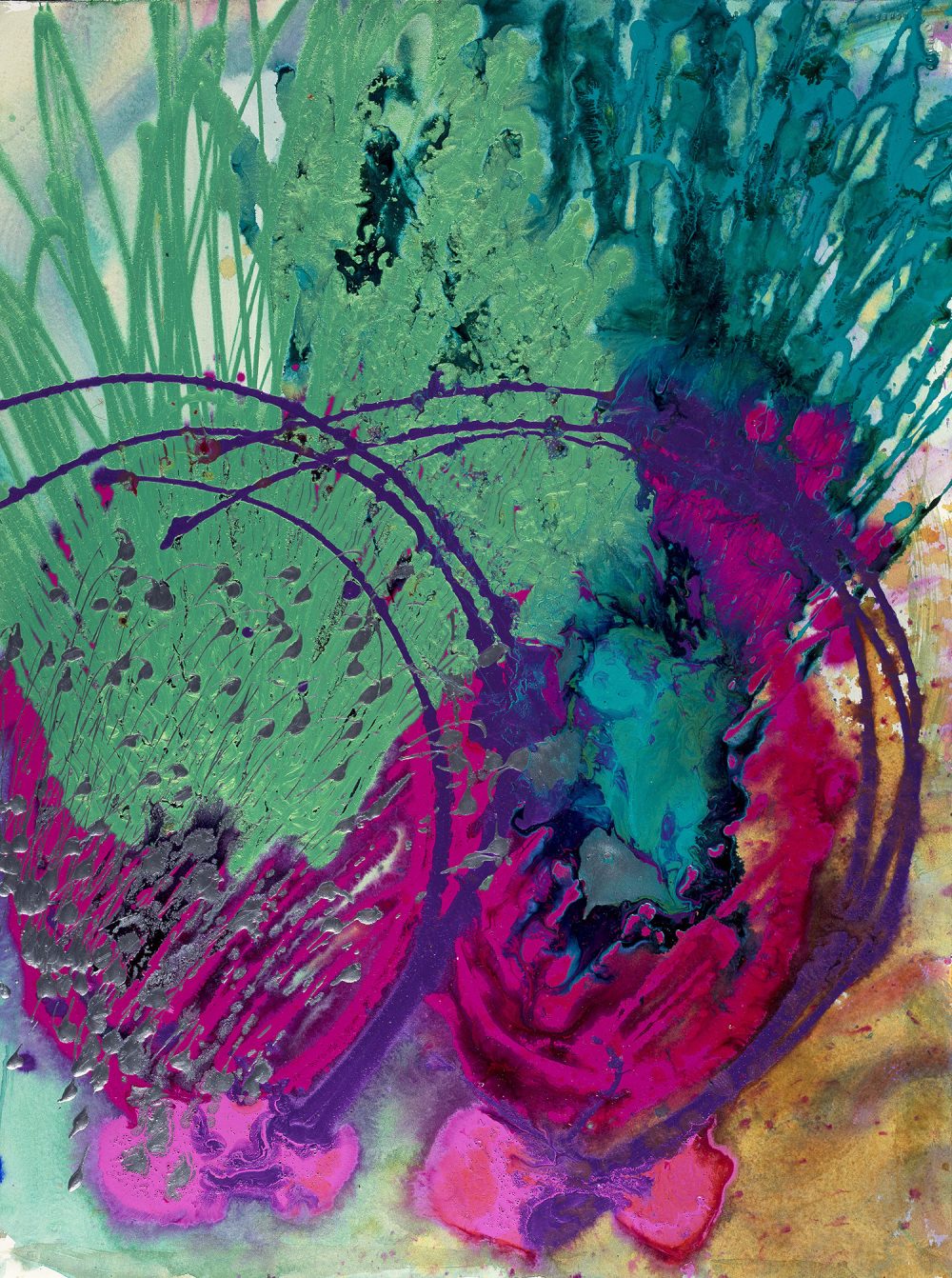
Chihuly
22nd July - 5th September 2021
Online Only
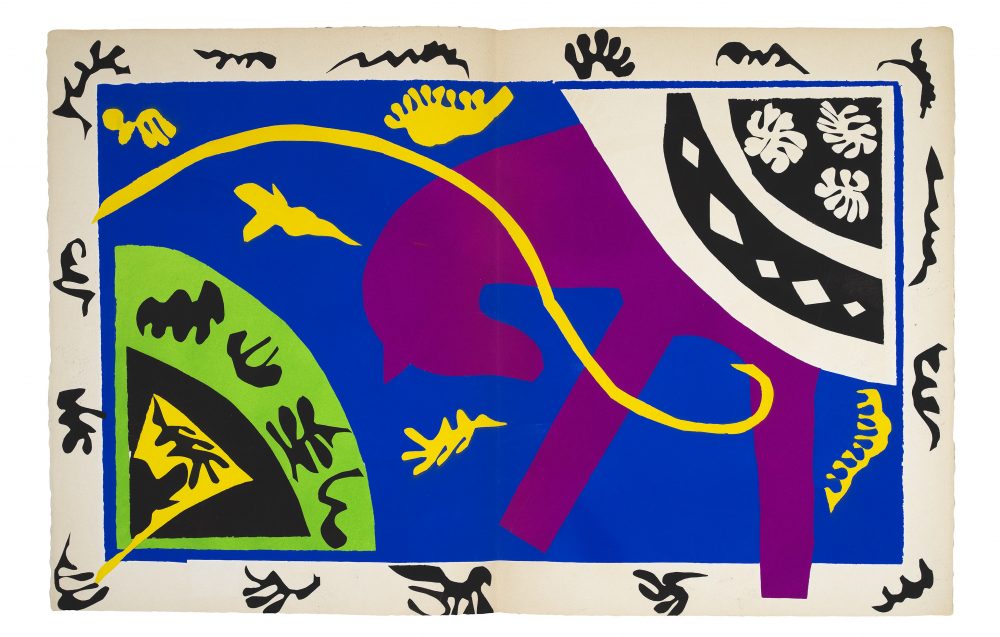
Henri Matisse
Jazz
20th May - 13th June 2021
Online only
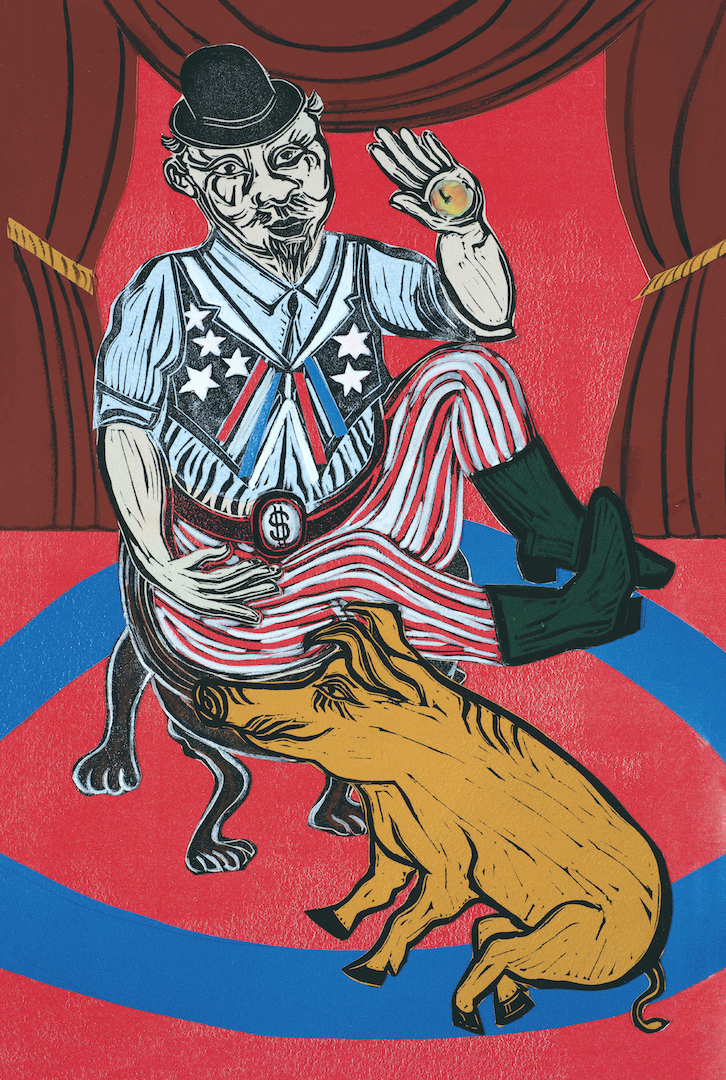
Eileen Cooper
Nights at the Circus
4th March - 14th May 2021
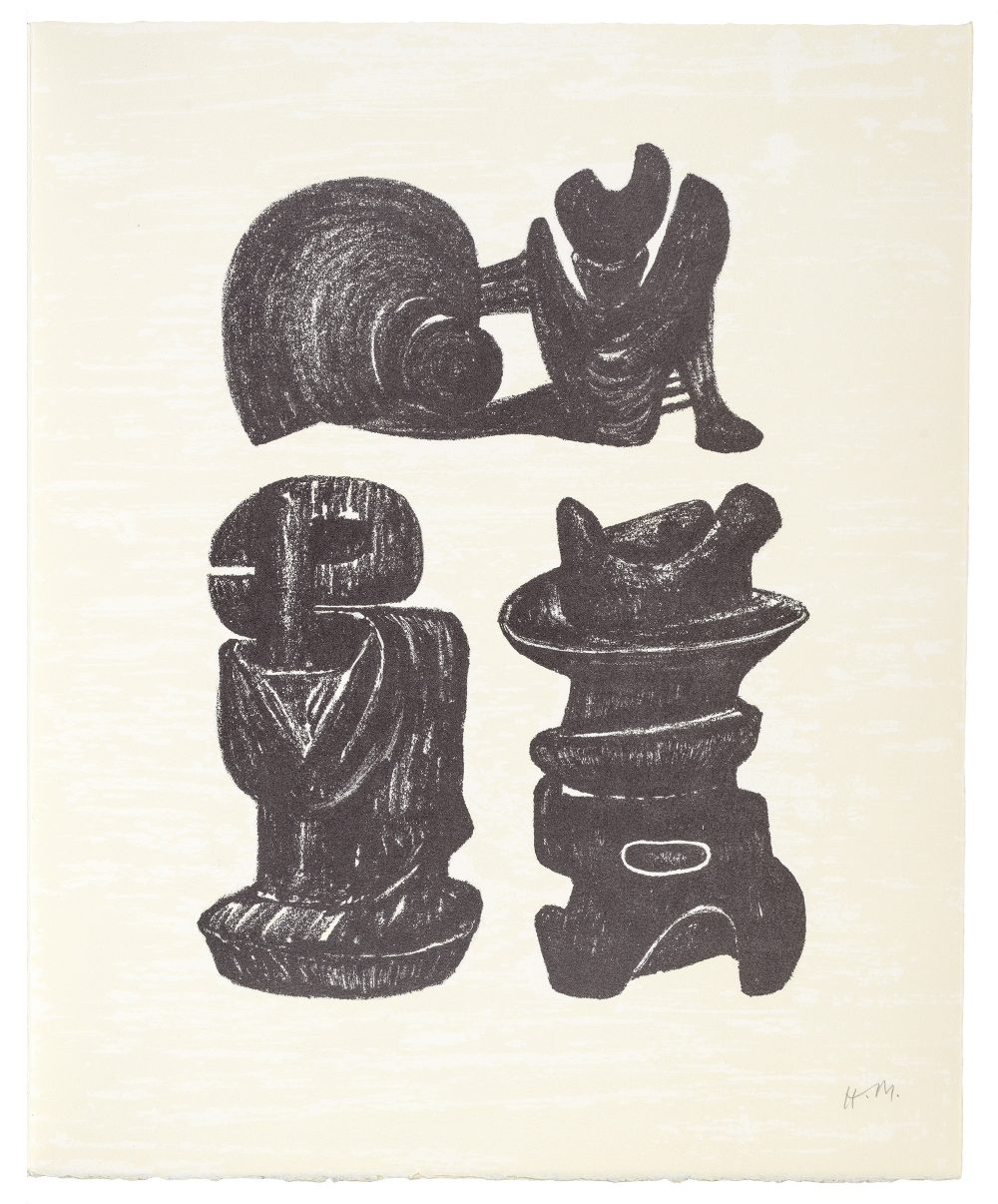
Henry Moore
The Art of Poetry
26th January - 26th February 2021
Online Only

Curated highlights from Emily Tobin
Ring out, wild bells
10th December 2020 - 2nd January 2021
Online only
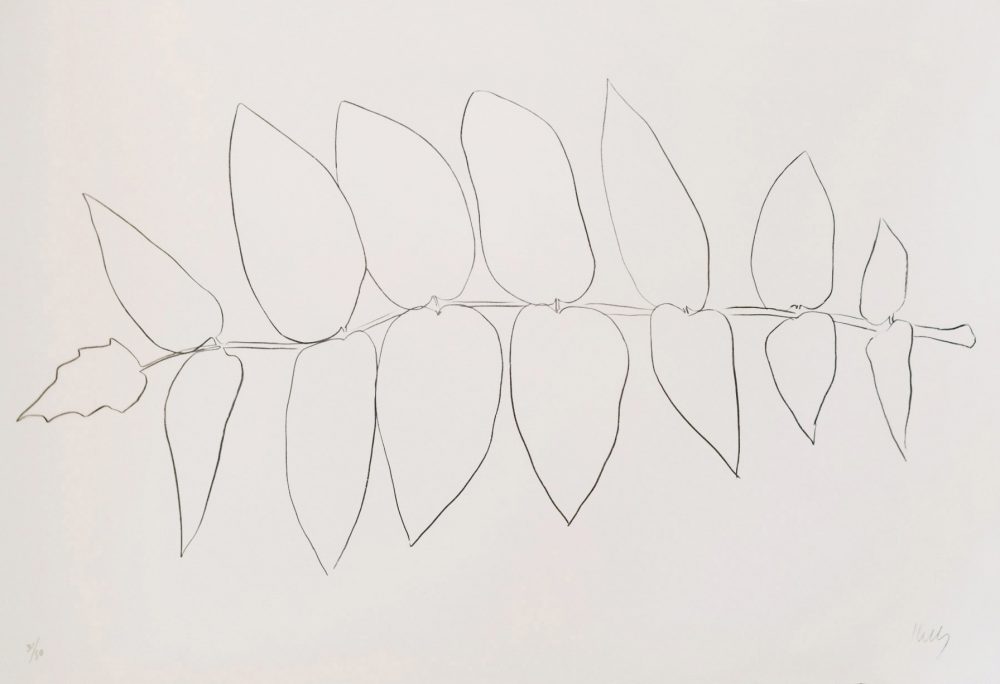
Ellsworth Kelly
Back to Nature
27th November - 20th December 2020
Online Exhibition
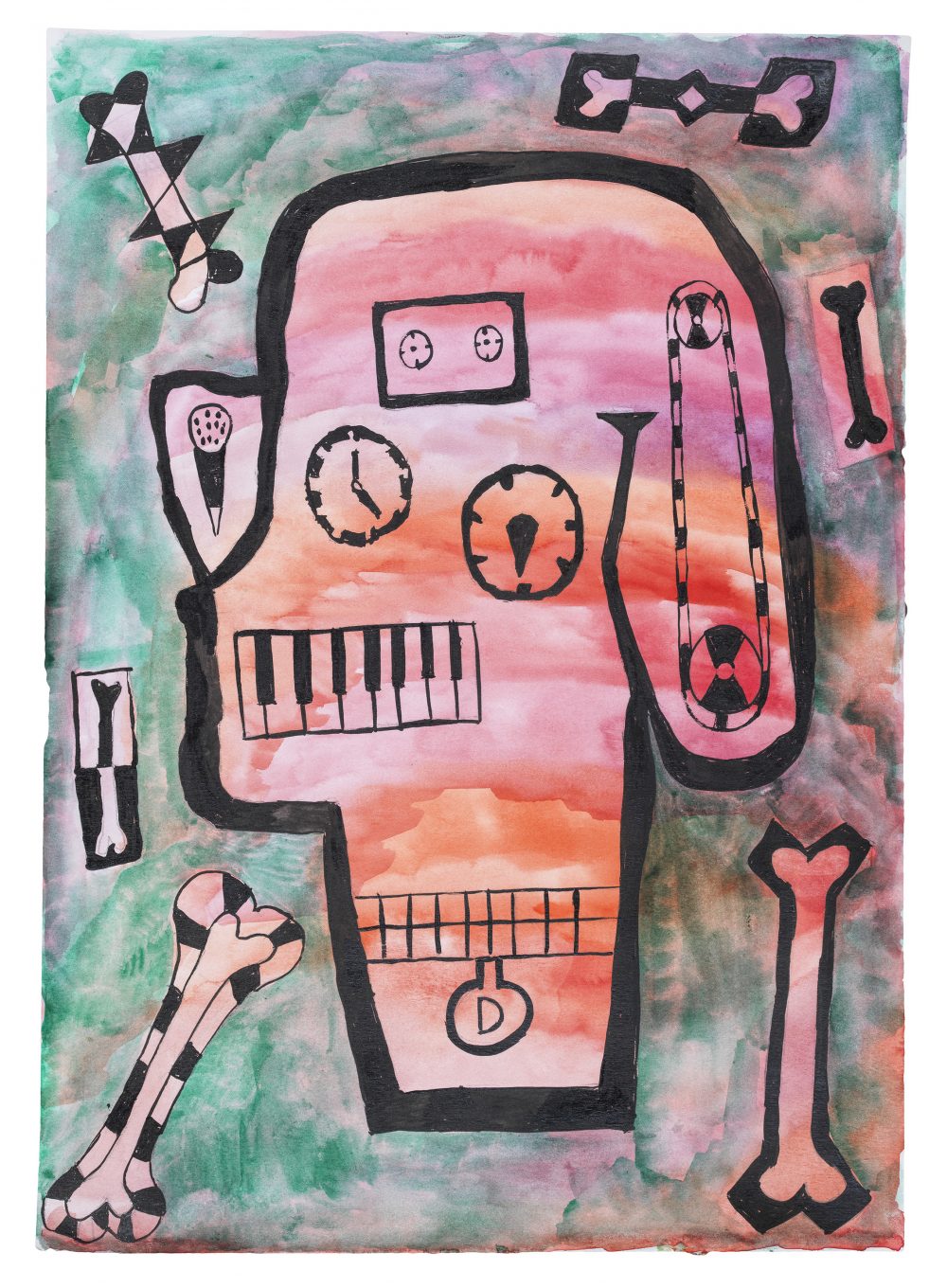
Declan Jenkins
Cinema of lava, cinema of mercury
12th November - 13th December 2020
Online Exhibition with Highlights at the Gallery
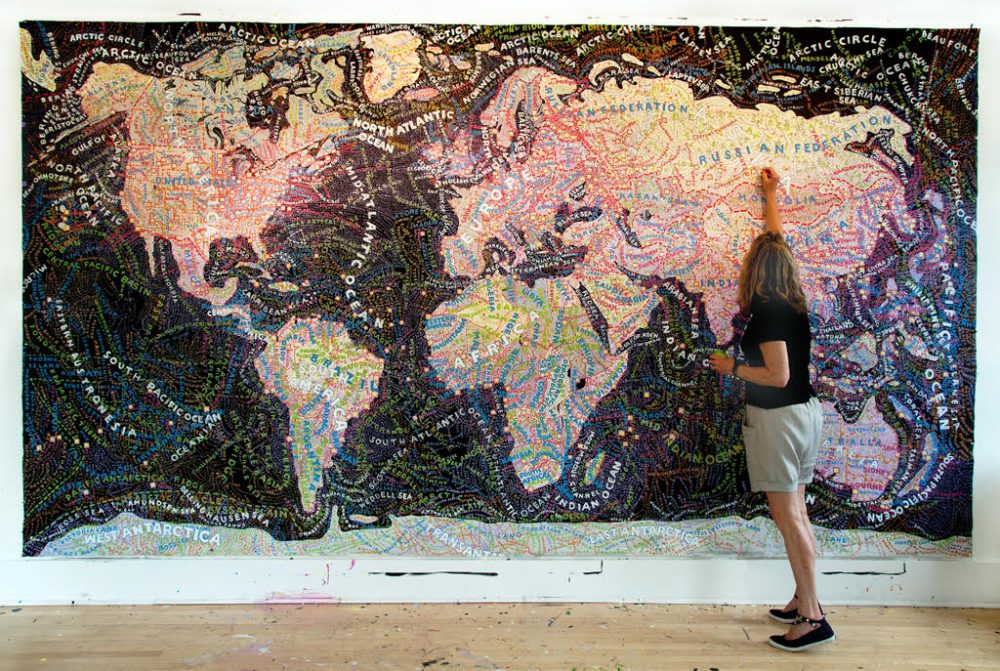
Paula Scher
All Over the Map
9th October - 8th November 2020
Online Exhibition

Howard Hodgkin
Colour Poems
28th August - 30th September 2020
Online only
